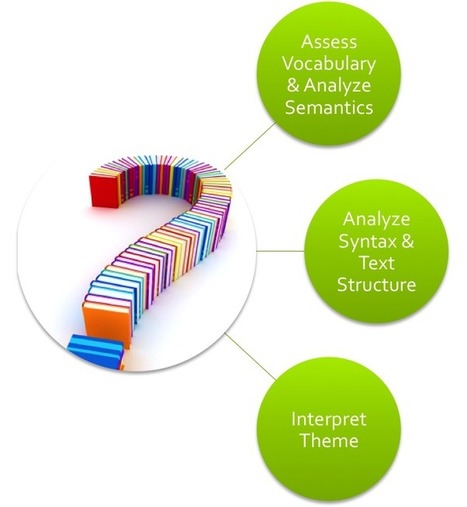The Common Core emphasizes close reading and text-dependent questions. So what are text-dependent questions, and how can teachers develop them?
Text-dependent questions direct students’ inquiry into the text, rather than outside of it, and can only be answered with evidence from the text.
A strong text-dependent question should invite students to interpret theme, analyze syntax and text structure, support students’ understanding of vocabulary, and analyze the effects of specific word choice.
A high-quality summative assessment will involve writing and should allow students individually to demonstrate mastery of one or more of the standards.
Text-dependent questions will specifically target (Tier 2 Vocabulary) words that might otherwise be a barrier to their comprehension.
Identify what makes the text difficult (Quantitative, Qualitative, Reader and Task)
Rather than present them randomly, teachers can sequence text-dependent questions to help students gradually unfold their understanding and perform rigorous analysis, learning to stay focused inside of the text to construct meaning.
Any good instructional planning begins and ends with standards.
Note: When you are working with text-dependent questions to establish rigorous classroom discourse and providing students with routine writing tasks to support comprehension and analysis, you are activating most of the standards for Reading, Writing, and Speaking & Listening most of the time.
Assessment: Ensure "that the culminating activity fully aligns with the text-dependent questions and focus standards that you have identified."



 Your new post is loading...
Your new post is loading...













